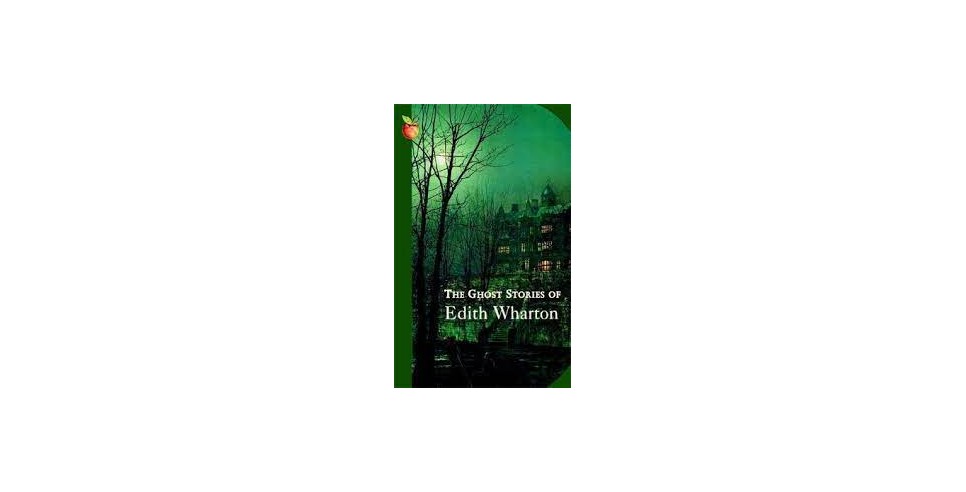
In The Ghost Stories of Edith Wharton, banish any notion of psychopathic killers on the rampage, desperate ghouls foaming green froth from their mouths, or flesh-eating zombies. Wharton’s ghost stories do not conjure a hairy behemoth from the depths of hell who is spectacular when inciting terror but too unfathomable to be a real monster. Her ghosts are borne of highbrow fear, a form of intellectual mania that is never truly terrifying but fodder to ponder life’s greater truths.
Wharton’s ghosts strike a dagger into the heart of our primordial fears—those scary notions that wake us in the middle of the night—loss of life, sickness and disease, sudden decline and death of our loved ones, fear of the unknown, the fear of growing old and useless, the fear of losing one’s looks, the fear of betrayal, the fear of unrequited love and of the revelation of learning about the love that was cruel or was never really love in the first place.
Who knows what stirs behind the moving curtains? Someone or something is watching us! Past slights, business dealings gone wrong, former friends and lovers hellbent on revenge are among the stuff that ghosts are made from. Wharton’s ghosts are fascinating, rich with historical context and dish up horror with impeccable manners.
In Mr. Jones, Lady Jane Lynke inherits Bells, a haunted estate that has gone to ruin. Jane listens for the chatter of her ancestors, “Piled up like dead leaves… layers and layers of them to preserve something forever budding underneath.” And in Kerfol, even though every dog that had ever lived there had its head twisted off in a grisly death, the dogs remain as pale ghosts bearing flat expressions.
Each ghost story has its own quixotic ending. The reader never knows for sure what has really happened. A haunting is only suggested in a contextual sense. Embrace the suspense. Do not expect a Hollywood ending, where all loose ends are sewn-up. Wharton’s technique avoids a clean ending, like life itself; everything is not revealed in the end and why should it be? There’s nothing like a good dose of otherworldly reality to send chills down one’s spine—that is the essence of true mystery.
Most writers are warned to stay away from using adverbs. Edith Wharton uses adverbs skillfully revealing the essence of each of her characters. Wharton’s work is not dated or obsolete. The truth never goes out of fashion. I would much rather enjoy a good haunting than to be served blood, gore and unsavory limbs. If you read closely and listen to the cadence and rhythm of her words, the cobwebs will be removed from your soul. A good haunting is worth a thousand words or more.








